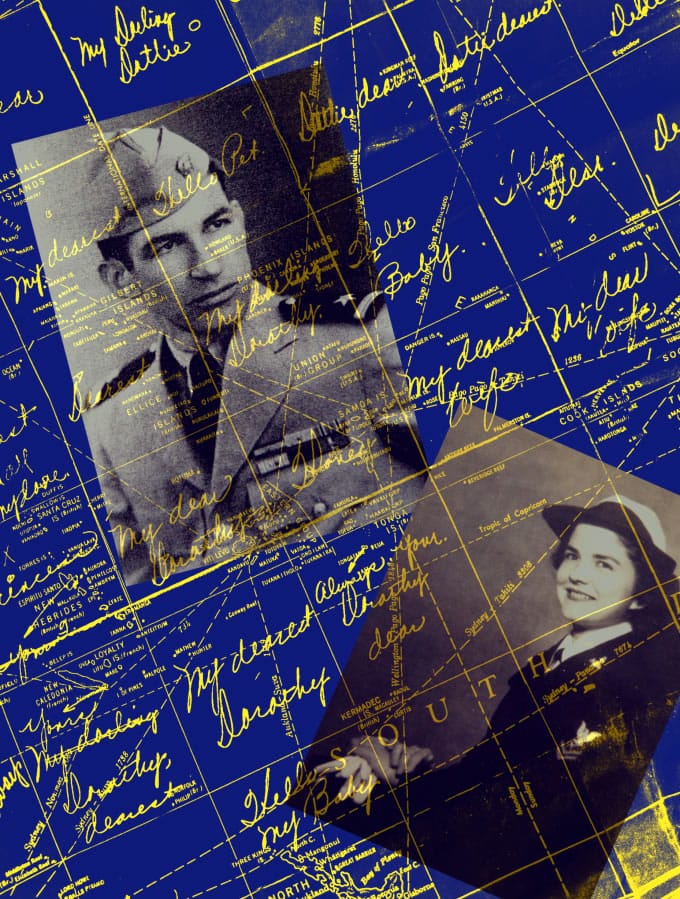People on the home front built aircraft carriers during World War II. American sailors served on them in ocean-going combat operations.
What linked them? Sometimes it was a secret code.
We recalled a major chapter of local history recently when Pearson Air Museum opened an exhibit on Vancouver’s Kaiser shipyard. It included a look at the 50 aircraft carriers that were launched here, and our account focused on shipyard families.
We’ve shared other aircraft carrier stories over the years, and a couple of them were family stories, too. They were told by sailors who just wanted to let their loved ones know where they were.
Vancouver resident Hal Berven served on the USS Gambier Bay; former Vancouver resident Bill Tunstall’s Navy hitch included time on the USS Kitkun Bay. Both aircraft carriers were built in Vancouver.
While both men have died since we wrote about them, the story of Bill and Dottie Tunstall was refreshed on Oct. 26.
A military heritage group in Salem, Ore., unveiled an exhibit honoring their love letters and hosted a presentation by Dottie, who explained their secret code.
Bill took a map of the Pacific Ocean, charted it into grids, and wrote different greetings inside each grid. Then he created a duplicate map for Dottie. He paired different combinations of “Dear” and “Dearest” and “Darling” with different combinations of “Dottie” and “Dorothy” and “Wife.”
There were several other variables. The greeting “Princess” meant that Bill had been somewhere near the New Hebrides Islands when he wrote the letter.
Berven used a different system in letters to his mother, he told The Columbian in 2013, just before his death.
Before Berven left home, he told his mother that “she would notice two numbers in my letters,” he said.
Maybe he’d tell her how much money he’d won in a poker game.
“The first number was latitude, and the second was longitude. It worked out well.”
Off Beat lets members of The Columbian news team step back from our newspaper beats to write the story behind the story, fill in the story or just tell a story.




